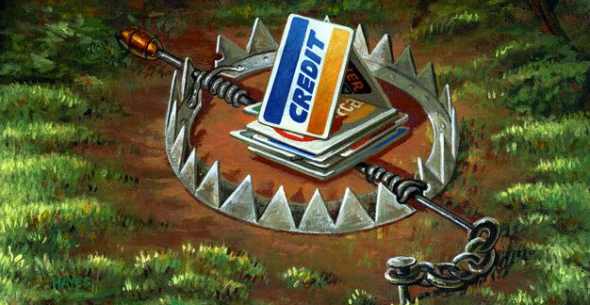
 ___
___
Let me guess chances are you have been taking hundreds of photos but without printing any of them.Fujifilm wants to fix that this Instax Share. It's a compact printer. It communicates with your smartphone or tablet via wifi direct and then you use an app to customize your photos you can edit them rotate crop a little bit and then just print them out. If you take a photo within Fujifilm's app, then there's another feature called Real-Time and that's the template that post the time the date and the location of where the photo was taken onto the picture itself. It's gonna cost $200 when it comes out in April2014, but of course once you run out of photo paper you will need to replace that. Each additional pack of photopaper has 20 prints worth and I'm told that it'll cost somewhere between $15 and $20 for an extra pack of photopaper. I gotta say I quite like this gadget. It's gonna be a cool way of getting photos off that hard drive and into the real world. ( http://reviews.cnet.com/printers/fujifilm-instax-share-sp/4505-3155_7-35833810.html )
Translating your smart phone photos into something physical hasn't been the easiest thing to do -- but that might change with the Fujifilm Instax Share SP-1. With the SP-1, you can send photos taken on your IOS or Android device to be printed on Fujifilm's Instax Mini film format.
The whole process involves a few steps: Choose a photo, or take one from the Instax Share app, adjust it within the rectangular frame, connect to the printer via Wi-Fi, and print.
You can choose from sepia or black and white filters within the app to modify your photo, and templates allow you to add text to the photos.
There's also an option to trawl through your Facebook and Instagram picture history, which allowed me to access really old photos from an old phone. However, the process of connecting to a social media account, then reconnecting back to SP-1 for each photo, was quite painstaking.
Still the trip down memory lane was worth it, even if old photos taken on the iPhone 3GS turned out to be a little too low-resolution when printed.
There's another nice touch --- you can opt to print the photos in a square format a la Instagram, while adding details such as the number of likes on the photos into the template.
Overall, I found using the SP-1 fun, if a little troublesome. It would have been nice to be able to snap photos and print them without so many steps, but there's still the nostalgic charm of watching my photos slowly appearing on the photocard, just like on a Polaroid.
At 253g (without battery and film pack), the SP-1 weighs around as much as the usual film-based Instax cameras, and is almost as bulky -- so the real benefit is the ability to shoot first, then crop or edit the photo to your tastes.
Still, the SP-1 fills the niche people have been waiting a long time for: Instant photos direct from your phone. Other firms, like LG might have similar solutions, but the SP-1 has the edge here, thanks to how popular its camera brethren is. ------Fujifilm Instax Share SP-1 Available now at all major retail outlets for SGD$259
.jpg)


